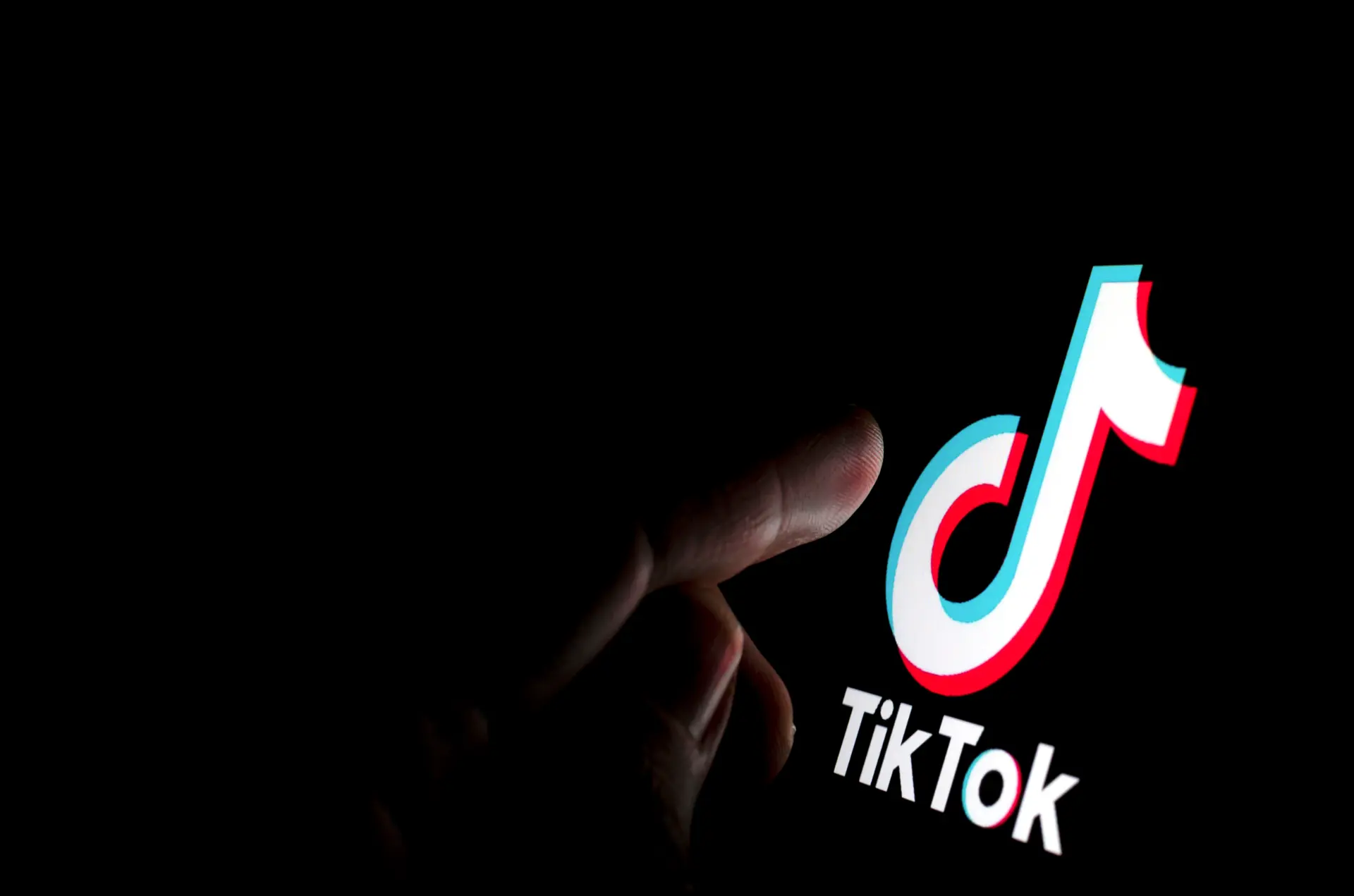Table of contents
- Fake giveaways and prize scams
- “Invest and earn fast” financial scams
- Phishing through direct messages and comments
- Fake celebrity and brand accounts
- Fake collaborations and job offers
- How to protect yourself from TikTok scams
TikTok has quickly become one of the world’s most popular social media platforms, especially among younger audiences.
With over a billion active users, it offers a huge opportunity to create content, gain visibility, and connect with others. But like any large digital space, TikTok has also become fertile ground for online scams and fraudulent activities.
In this article, we’ll explore the most common TikTok scams, how to recognize them, and the best ways to avoid becoming a victim. The goal is to offer a helpful and up-to-date guide to protect yourself and others from increasingly sophisticated online fraud.
Fake giveaways and prize scams
One of the most widespread scams on TikTok involves fake giveaways, where a user — often posing as a celebrity or influencer — promises to send gifts like smartphones, Amazon vouchers, or cash prizes. In reality, the goal is to lure victims into clicking malicious links or revealing personal and banking information.
Scammers often use polished graphics and engaging messages to appear legitimate, sometimes pretending to be well-known personalities like Khaby Lame or popular Italian influencers. The scam is often reinforced with fake comments that give the illusion of a real contest.
To stay safe, always be skeptical of anyone who asks for sensitive information in exchange for a reward. TikTok itself has clarified that it never runs giveaways via DMs or comment sections.
“Invest and earn fast” financial scams
Another trending scam on TikTok involves fraudulent investment offers, often related to cryptocurrencies or suspicious trading platforms. Videos show young people claiming they earned thousands in a few days using little-known apps or automated bots.
The message is always the same: “Look how much I made – you can too!” followed by a call to action encouraging viewers to click a link or send a DM. Once contact is made, scammers redirect victims to cloned websites or unregulated platforms where they end up losing their money.
These investment frauds are often well-orchestrated, with profiles that seem genuine and fake testimonials in the comments. Before investing, always research any platform and verify if it is registered with financial authorities such as Italy’s CONSOB or international equivalents.
Phishing through direct messages and comments
Many TikTok users receive private messages or public comments containing seemingly harmless links. In reality, they are part of phishing attacks, designed to steal account credentials or financial data.
These messages may appear to come from TikTok’s support team or well-known brands, but they lead to fake login pages that mimic legitimate ones. Once you enter your data, it’s immediately compromised.
To protect yourself, never click on suspicious links, activate two-factor authentication, and always verify the sender through official channels if in doubt.

Fake celebrity and brand accounts
Another common scam involves fake accounts impersonating celebrities or well-known brands. These profiles, often with slightly altered usernames, aim to build trust before sending links or asking for money.
Big brands like Nike, Shein, and Zalando have frequently been used in these scams, usually promising free products in exchange for reviews or a small shipping fee.
Detecting a fake profile can be tricky, but key signs include few followers, suspicious usernames, no verification badge, and generic content. If you’re unsure, look up the official account of the brand or celebrity.
Fake collaborations and job offers
A growing trend is the use of fake collaboration offers from supposed managers or agencies. These scammers reach out to creators — even those with small followings — with offers to sponsor products or participate in ad campaigns.
They often request a “registration fee” or “shipping costs” for the products. Once paid, the scammer disappears, and the victim is left empty-handed.
Legitimate agencies never ask for upfront payments. If you receive such offers, check the company’s reputation, search for reviews, and contact the brand directly to verify the legitimacy.
How to protect yourself from TikTok scams
Prevention is your strongest defense against online scams. Here are some essential security tips:
- Enable two-factor authentication on your TikTok account.
- Never share personal or financial information via DM.
- Block and report suspicious accounts directly from the app.
- Use strong, unique passwords and update them regularly.
- Always verify the source of any message or comment you receive.
It’s also a good idea to stay updated on new scam tactics. TikTok’s community is very active, and users often share early warnings about suspicious activity.
Frequently asked questions
- How can I tell if a TikTok account is fake?
Look for a verified badge, check their followers and posts, and watch for odd spellings in the username. - What should I do if I get a suspicious message?
Don’t click any links. Block the sender and report the message to TikTok. - Does TikTok ever message users privately?
No, TikTok does not send promotions or requests for personal information via DMs. - Are all giveaways on TikTok scams?
Not all, but be cautious. Legitimate giveaways don’t ask for personal data or payment. - I clicked a suspicious link. What now?
Change your password immediately, enable two-factor authentication, and contact TikTok support. - What are phishing messages and how do they look?
They mimic trusted sources, contain strange URLs, and often include poor grammar. - Can I trust collaboration offers on TikTok?
Only if they come from verified or well-known agencies. Never pay upfront for a “job.” - Is it safe to invest in crypto via TikTok?
No. Avoid crypto or investment schemes promoted by unknown users or unverified accounts. - Can someone steal my TikTok account?
Yes, especially if you fall for phishing scams. Secure it with two-factor authentication. - Where can I report a TikTok scam?
Use TikTok’s in-app reporting tools found on the profile or message screen.
